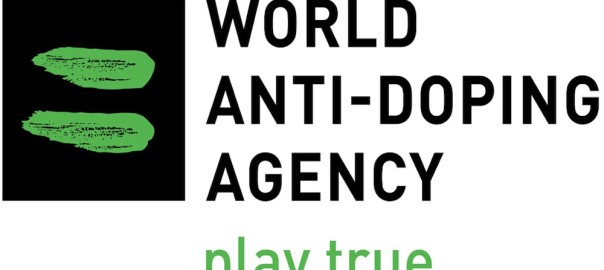WADA Loophole Benefitting Professional Cyclists?

A Tour de France pro cyclist pedals at more than 25 miles per hour on flat terrain and generates an estimated 450 watts of power, with sprint power in the final dash for the line escalating to a whopping 1400 watts, powered by years of hard training, a support team of dozens of professionals, and guzzling drink mixes by the gallon on race days.
There’s big money to be made in professional cycling, but perhaps the bigger draw is a hunger to dominate world cycling and become a part of history in the Cycling Hall of Fame. The sport is so competitive that there will always be riders willing to bend the rules and gain an unfair edge over their rivals. The use of hidden motors, oxygen pills, and erythropoietin (the infamous EPO that led to Lance Armstrong being stripped of seven Tour de France titles and earning a ban for life) is well documented, but athletes continue to explore newer ways of pushing the boundaries in performance enhancement while staying within the ambits of the law.
A new combination of treatments—ultrasound and platelet-rich plasma therapy—has the potential for abuse because of a possible WADA (World Anti-Doping Agency) loophole. Any physical or chemical manipulation of blood or its components is expressly prohibited by WADA, including the introduction of blood cell products into the athlete’s circulatory system. Although both ultrasound and platelet-rich plasma therapy are individually legal, combined together they have the potential to improve performance without breaching existing doping laws.
Low-frequency ultrasound is routinely used by physical therapists to promote healing by increasing blood flow and breaking down scars in injured tissue. Platelet-rich plasma (PRP) therapy has been successfully used by several elite athletes battling sports injuries. However, new research in 2015 by a group of Chinese scientists suggests that combined together, these two treatment modalities may give athletes an unfair advantage. Researchers have postulated that a treatment that can heal wounds and regenerate dying bone also has the potential to aid in the recovery of tissue injured by strenuous exercise, giving professional cyclists a substantial edge in a sport where quick recovery is so vital.
In their paper, the scientists have suggested the possibility of using ultrasound to deliver growth factors to damaged muscles and soft tissues to promote their recovery and healing. This could potentially work simply by applying a cream containing PRP-derived growth factors directly on the skin overlying damaged tissue with its penetration promoted by ultrasound. This method would bypass the no-needle policy and give riders access to the benefits of PRP-derived healing factors during a race.
PRP therapy has remained mired in controversy, banned by WADA in 2010, but legalized for use by professional athletes the following year due to a lack of any conclusive evidence for performance enhancement. It is unlikely that WADA will ban the combination of ultrasound and PRP anytime soon, but should this therapy gain popularity among athletes, the agency will have to review its stand. In the meantime, this latest research has reiterated the continuing challenges WADA faces, and the PRP-ultrasound combination is something the agency will have to keep an eye on in the coming years.
References:
http://www.bicycling.com/training/2015-tour-de-france/you-versus-tour-de-france-pro


